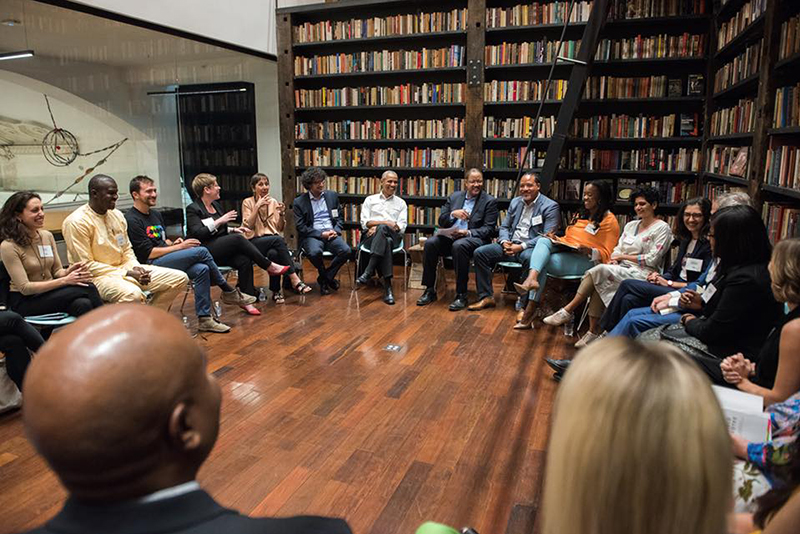A new study shows that eighth-grade science teachers without an educational background in science are less likely to practice inquiry-oriented science instruction, a pedagogical approach that develops students’ understanding of scientific concepts and engages students in hands-on science projects. This research offers new evidence for why U.S. middle-grades students may lag behind their global peers in scientific literacy. Inquiry-oriented science instruction has been heralded by the National Research Council and other experts in science education as best practice for teaching students 21st-century scientific knowledge and skills.
Published in The Elementary School Journal, the study investigated whether the educational backgrounds of 9,500 eighth-grade science teachers in 1,260 public schools were predictive of the level in which they engaged in inquiry-oriented instruction. The authors found that, nationwide, there are two distinct groups of middle-grades science teachers: 1) those with very little formal education in science or engineering, and 2) those with degrees and substantial coursework in science.
Teachers who were most likely to use inquiry-based teaching were those with both education and science degrees, and teachers with graduate-level degrees in science were most likely to teach this way. However, nationally, just half of teachers had these preferred credentials, and nearly one-quarter of eighth-grade teachers had an education-related degree with no formal educational background in science or engineering.
The study’s findings beg the question: are middle-grades teachers well-prepared to engage in the kinds of teaching that have been shown to improve student engagement, interest, and preparation for STEM careers? Study author Tammy Kolbe, assistant professor of educational leadership and policy studies at the University of Vermont, says results “point toward the disparate nature of middle-level teachers’ educational backgrounds as a possible leverage point for change.”
Another key finding was that teachers with undergraduate or graduate degrees in science continued to use inquiry-oriented instruction throughout their careers at a higher rate than their peers. That said, novice teachers with undergraduate minors in science who initially were less likely to teach this way eventually caught up to their peers with stronger educational backgrounds in science. “This suggests that even having an undergraduate minor in science better positions a teacher to adopt and integrate reform-oriented science teaching, compared to teachers with little-to-no formal education in science or engineering,” says Kolbe.
“We cannot expect that goals for reforming science education in the United States can be achieved without carefully examining how teachers are prepared,” says Kolbe, who co-authored the study with Simon Jorgenson, assistant professor in the Department of Education at UVM. “We show that teachers’ educational backgrounds matter for how they teach science, and suggest that teachers’ degrees and coursework are valid proxies for what teachers know and can do in the classroom. The study’s findings call into question existing state policies and teacher preparation programs that minimize content knowledge requirements for middle-level teachers.”
Source: UVM News

